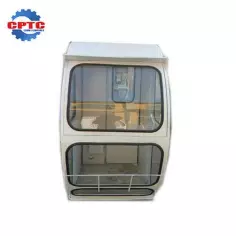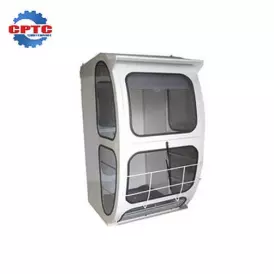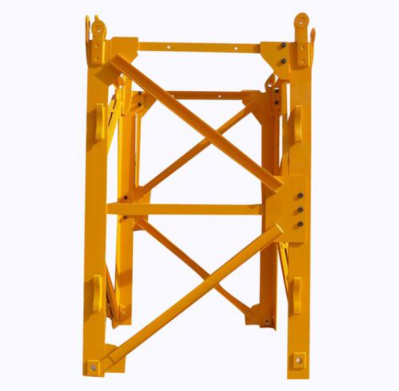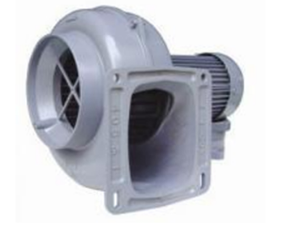In the scorching summer, construction work is confronted with a series of challenges, among which high-temperature weather is particularly prominent. High temperatures not only harm the physical health of workers, but also may pose a threat to the construction progress and safety. In this article, we will explore why high temperatures pose risks, which components are prone to damage, and what practical measures can be taken to ensure the reliable operation of tower cranes and the smooth progress of the project.
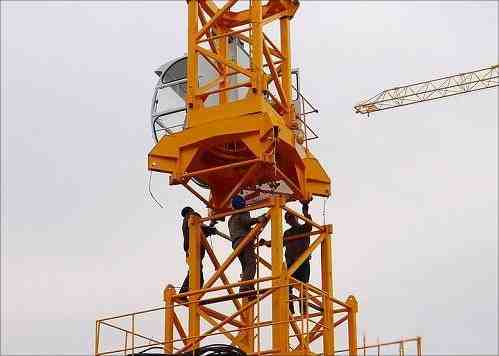
Why Does Extreme Heat Threaten Tower Crane Stability?
Extreme hot temperatures pose multiple risks to the seamless operation and stability of tower cranes. The following explains:
- Thermal Expansion of Metal: Elements of steel such as the mast and jib undergo expansion with heat. This can lead to misalignment, stress, or fatigue cracks in joints without adequate inspection or space to expand.
- Overheating Electrical Systems: High ambient temperatures may overheat control panels, inverters, and motors. This overheating puts equipment at risk of failure or fire.
- Malfunctioning Weather Systems: Increased heat combined with strong summer sun can be dangerous for weather systems that monitor temperature differences, resulting in uncontrolled heat and fog.
- Poor Performance of Hydraulic Equipment: High ambient temperatures may cause system circuitry and hydraulic components of the equipment to swell, resulting in poor performance.
- Operator Heat Stress: High temperatures in the cabin lead to a drop in Operator’s attention which increases risks of human errors, worsening reflexes and performance.
- Altering Wind Patterns: The peak of summer initiates a transition phase characterized by volatile weather, which poses great risk to project crane operations.
Recognizing these risks ensures safer hot weather operational guidelines.
Which Key Components of Tower Cranes Are Affected by High Temperatures?
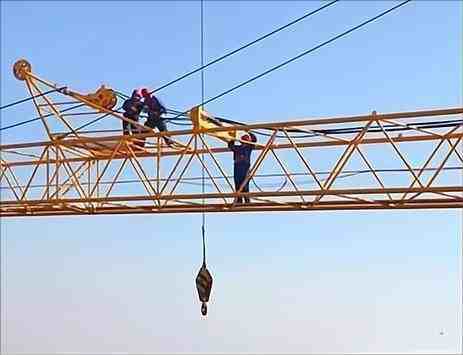
Certain systems and parts of the tower crane are especially sensitive to extreme heat:
- Motors and Drive Units: Electric motors tend to overheat faster in the summer, especially when ventilation is inadequate or load demand is high.
- Control Panels and Electrical Components: Heat can cause internal components to malfunction or trigger automatic shutdowns due to thermal overloads.
- Hydraulic and Lubrication Systems: Hydraulic oil and grease may lose viscosity, reducing lubrication efficiency and increasing friction between moving parts.
- Steel Structures: The mast, jib, and connecting bolts can expand or even warp slightly under prolonged exposure to the sun, impacting structural integrity.
- Sensors and Limit Switches: Heat may cause drift or malfunction in sensors, undermining the safety systems designed to prevent overloads or unsafe crane positioning.
Identifying and monitoring these heat-sensitive components is essential to maintain crane reliability during summer operation.
Preventive Measures for Stable Tower Crane Operation in Summer
To ensure smooth and safe tower crane operation in hot weather, consider these actionable preventive strategies:
Enhance Cooling and Protection for Electrical Systems
Electrical systems are often the first to fail during extreme temperatures. Here’s how to mitigate that risk:
- Install additional cooling fans or forced air ventilation within control cabinets and motor housings.
- Use sunshades, insulation panels, or reflective coatings to protect external control boxes from direct sunlight.
- Upgrade to high-temperature-rated electrical components for critical systems.
- Routinely inspect electrical enclosures for signs of overheating, discoloration, or component degradation.
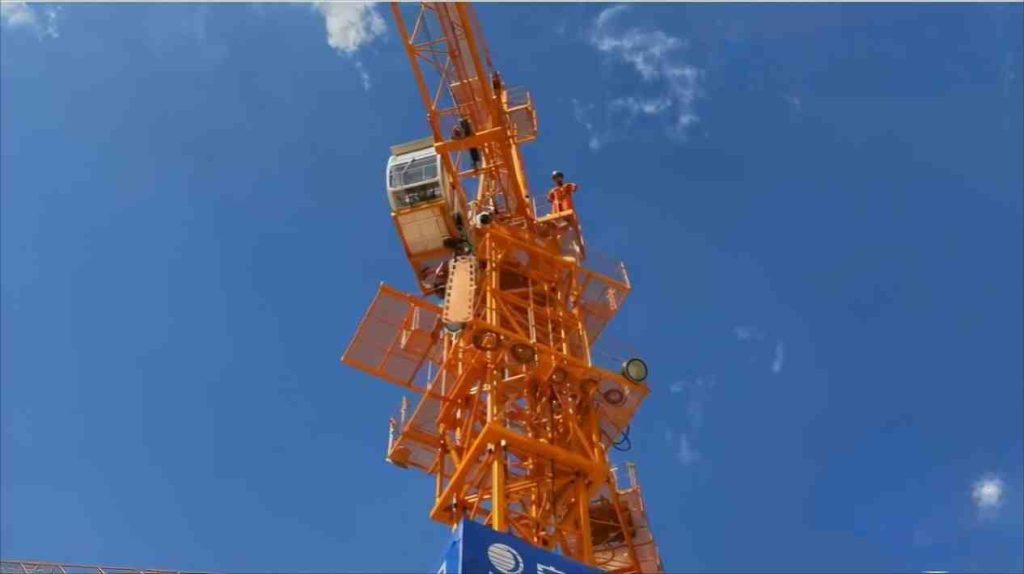
Increase the Frequency of Lubrication and Maintenance
Heat reduces the effectiveness of lubricants, making frequent maintenance critical:
- Use high-temperature synthetic grease and oils that maintain viscosity under stress.
- Shorten lubrication cycles in the summer to prevent wear on gearboxes and slewing bearings.
- Inspect all lubrication points weekly, looking for signs of dried or oxidized grease.
- Flush and replace hydraulic oils if overheating or performance degradation is observed.
Regularly Inspect Structural Expansion and Deformation
While minor thermal expansion is expected, excessive or unmonitored changes can be dangerous:
- Use thermal imaging cameras to monitor joints and load-bearing connections for abnormal temperature spikes.
- Visually inspect for paint cracking, loosened bolts, or unusual vibrations—all of which may indicate thermal stress.
- Record expansion rates and adjust component tolerances if necessary to accommodate summer conditions.
Improve Operator Health Protection and Shift Scheduling
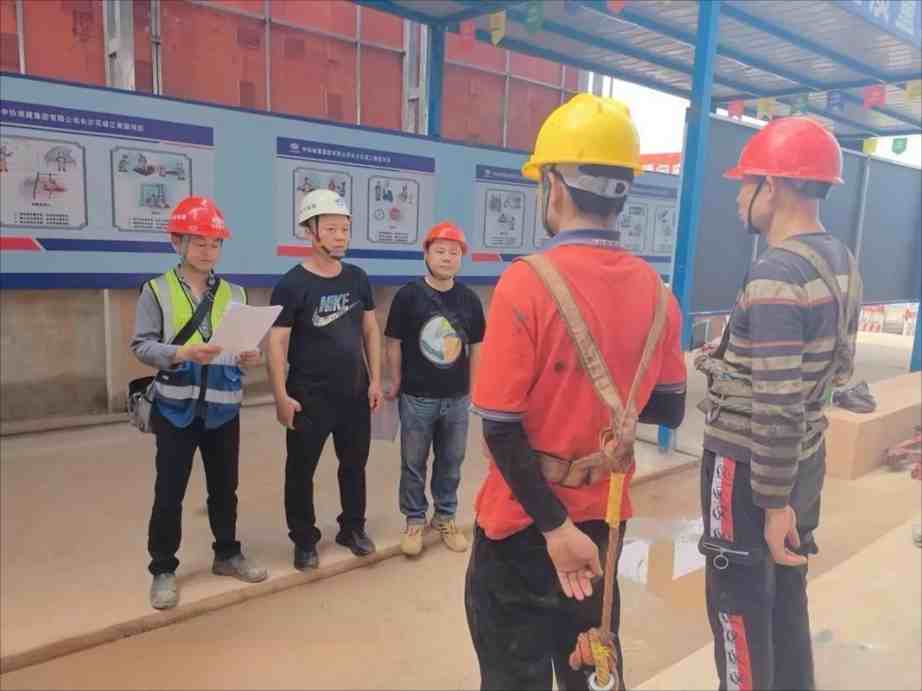
The safety of the operator is just as crucial as that of the machine:
- Equip the operator’s cabin with proper ventilation, air conditioning, or at minimum, industrial fans.
- Install tinted or UV-blocking windows to reduce direct sunlight exposure.
- Provide operators with cooling vests, hydration breaks, and shaded rest areas.
- Implement rotating shift schedules to avoid long exposure to peak afternoon heat.
By ensuring the comfort and alertness of the operator, you significantly reduce the chances of accidents caused by human error.
When to Stop the Tower Crane in Heat?
Sometimes the best way to maintain safe tower crane operation is to know when to halt it altogether. Here are signs and conditions that warrant a temporary stop:
- Ambient temperatures exceed 40°C (104°F) and continue rising despite cooling efforts.
- Motor or control box temperatures surpass manufacturer-rated limits, triggering thermal alarms.
- Unexpected deformation or expansion is observed in structural joints or bolts.
- Wind speeds exceed safe operational limits, especially when combined with high temperature.
- Operators exhibit symptoms of heat exhaustion or dehydration, such as dizziness or disorientation.
Establishing a clear shutdown policy for extreme weather conditions not only protects equipment but also demonstrates a proactive safety culture.
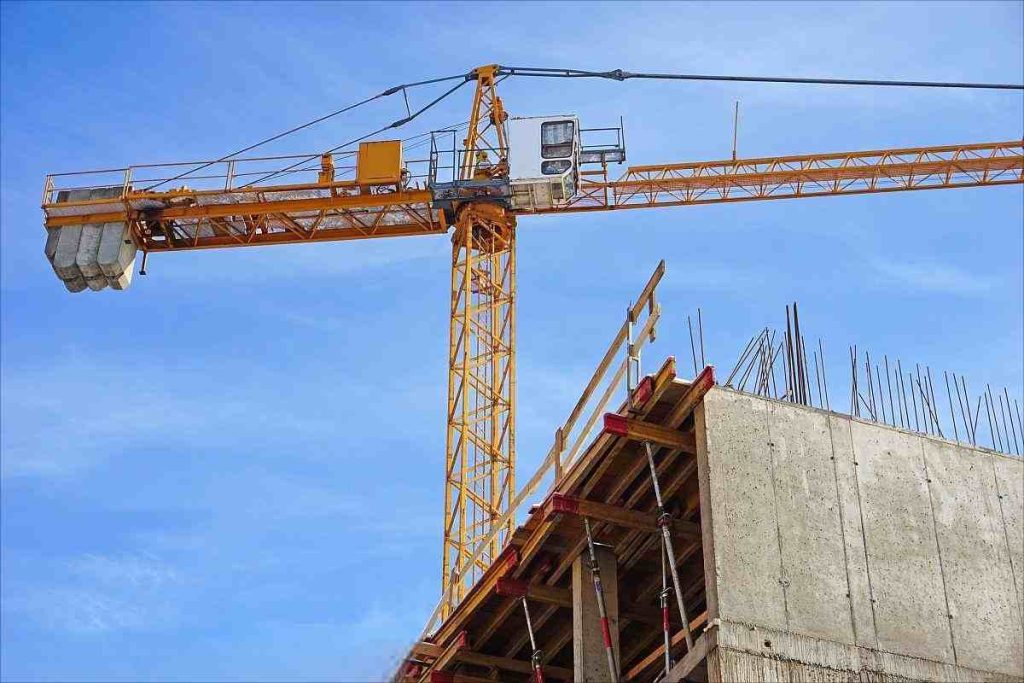
Final Words
Operating a tower crane in the hot weather is definitely challenging, but not undoable. By adopting good preventive measures – from cooling electrical equipment to health protocols for operators – you can limit risks and make tower cranes safe to work in across the hot weather season.
If you are looking for a perfect model of tower crane for high-temperature applications or need help with summer maintenance procedures, please reach out to a quality tower crane manufacturer or service firm to purchase a tailor-made solution.
Related Products
High Quality Crane Operator Cabin for Tower Crane
High quality steel material for frame
The cab is…
Crane Cabin
Condition:100%new
Color:as your depend
Application:Tower Crane
Tower Crane Mast Section
Steel pipe construction
Comprehensive spare parts
Safety, stability, reliability

